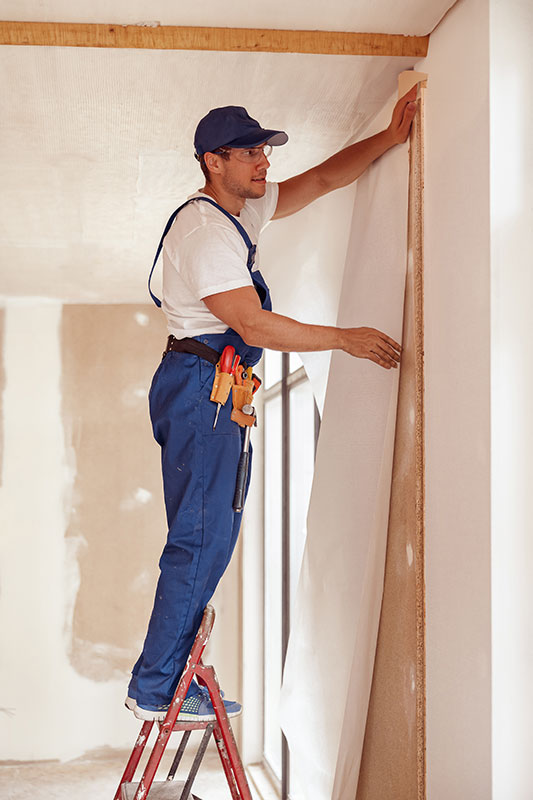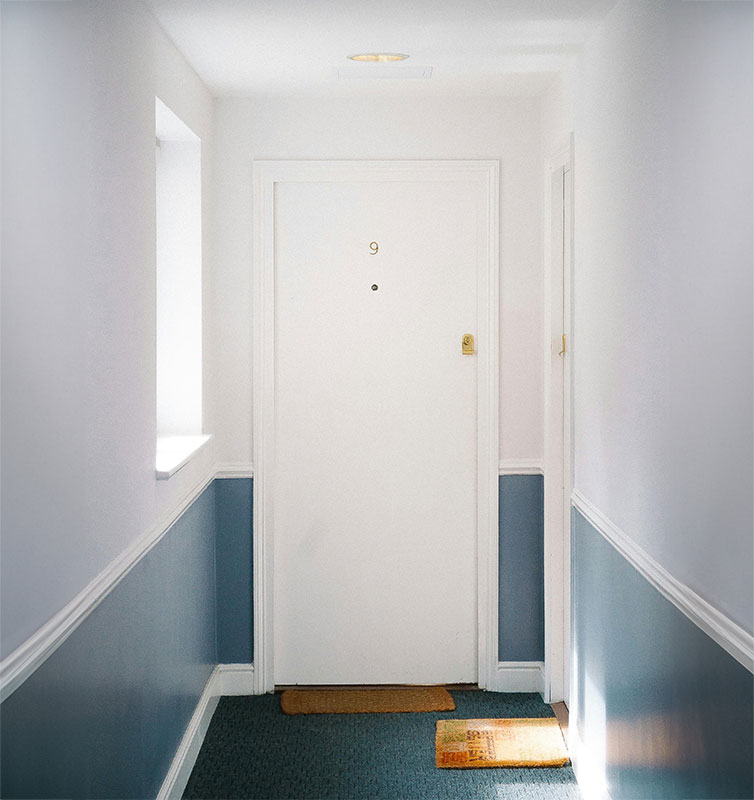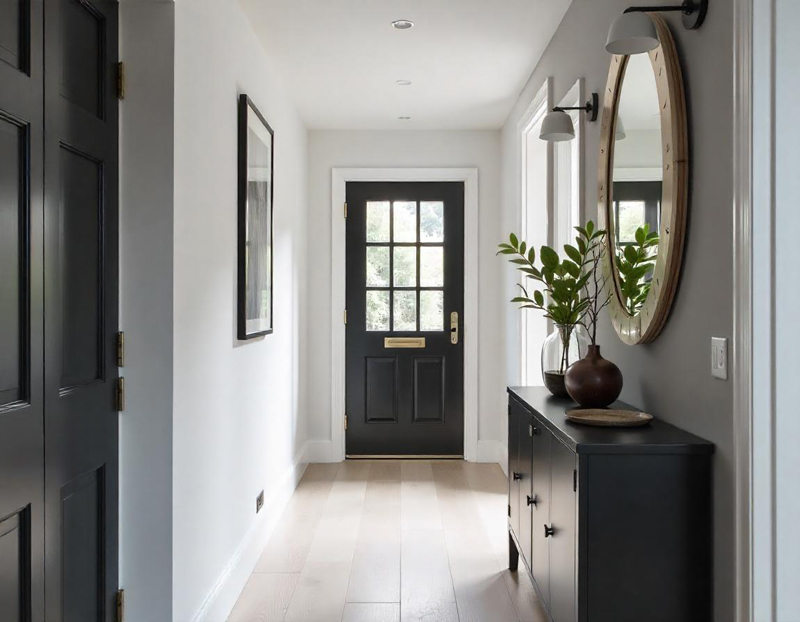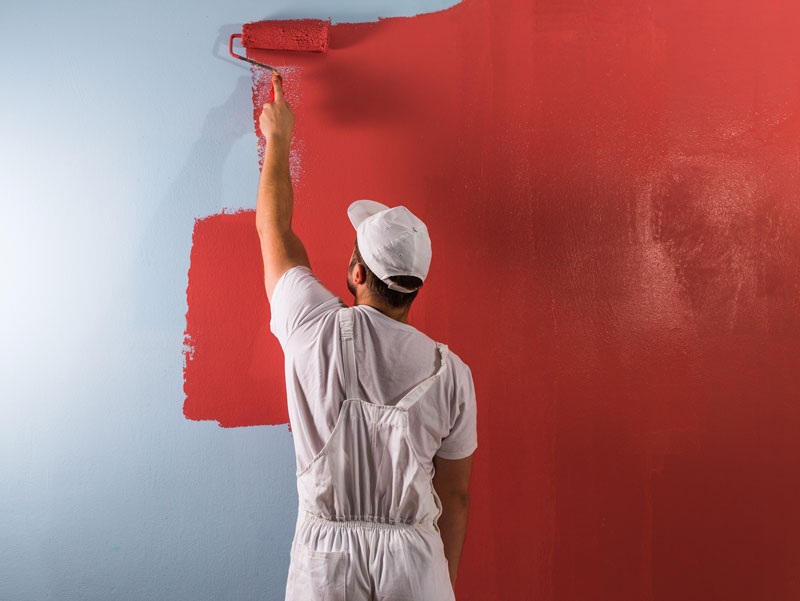You’ve probably heard, “The devil is in the details,” but when it comes to decorating, the devil might just be in your walls. Cracks, bumps, and imperfections can sabotage even the most expensive wallpaper or the finest paint. In fact, a recent study revealed that over 65% of DIY decorators face frustrating issues like bubbling or peeling because they skipped a crucial step—lining paper. That’s right, this unassuming roll of paper could be your secret weapon for a flawless finish.
Walls aren’t perfect. Even new constructions hide subtle flaws—hairline cracks, uneven plaster, or dents that stand out once the light hits them. Without a smooth base, no amount of paint or wallpaper can hide these blemishes. Lining paper not only creates a pristine surface but also increases the durability of your final finish. It's a simple, cost-effective step that many professionals swear by. Here’s why you should too.
What Exactly Is Lining Paper?
Lining paper is essentially a thick, plain wallpaper designed to prepare your walls before applying paint or decorative wallpaper. Unlike decorative wallpaper, it’s not there to look pretty. Its job is to smooth out minor imperfections, cover small cracks, and create an even surface for your final finish. Think of it as the undercoat for your walls—critical, yet invisible.
And it’s not just for damaged walls! Even perfectly flat surfaces can benefit from lining paper, as it helps wallpaper adhere better and prevents shrinkage or stretching over time.
Why Use Lining Paper? Here’s the Real Value
1. Smoothing Out Imperfections
Let’s start with the obvious: no one wants bumps and cracks ruining their freshly decorated walls. Lining paper helps fill in these imperfections, creating a smooth base for paint or wallpaper. While it won't replace the need for patching large holes or serious plaster work, it’s an easy fix for smaller issues that can be hard to spot until it’s too late.
2. Preventing Wallpaper Shrinkage
Ever hung wallpaper, only to find gaps between the seams a few days later? Lining paper acts as a buffer, preventing wallpaper from shrinking as it dries. It absorbs excess moisture and reduces the risk of unsightly gaps—saving you from having to rehang your carefully chosen wallpaper.
3. Improving Paint Finish
If you’re painting directly onto bare plaster or drywall, the finish can often look uneven or blotchy, especially with lighter colors. Lining paper helps absorb the paint more evenly, resulting in a smooth, professional finish. It’s an absolute must if you’re going for a high-end, flawless look.
4. Boosting Durability
A smooth wall is not just about aesthetics. Lining paper adds a layer of protection, making your walls more resistant to everyday wear and tear. It can extend the life of your paint job or wallpaper, saving you time and money in the long run.
How to Choose the Right Lining Paper
Not all lining paper is created equal. Depending on the condition of your walls and the finish you’re after, you’ll need to choose the right thickness, or “grade,” of lining paper.
800 to 1000 Grade: Perfect for minor imperfections. This thinner lining paper is ideal for newer walls with very few flaws.
1200 to 1400 Grade: Best for moderate imperfections. If your walls have noticeable cracks or bumps, this thicker option will cover them effectively.
1700 to 2000 Grade: The heavy-duty option. If your walls are in bad shape—think old plaster or significant damage—opt for this thicker grade to mask even larger imperfections.
Choosing the right grade is key to achieving the result you want. Too thin, and you’ll still see bumps. Too thick, and it might be overkill for smooth walls.
How to Hang Lining Paper Like a Pro
Now that you’re convinced of its importance, here’s how to do it right. The process is straightforward, but attention to detail is crucial for a flawless finish.
1. Prep Your Walls
Before anything else, clean your walls thoroughly. Remove any old wallpaper, fill larger cracks, and sand rough areas. Your walls don’t need to be perfect, but the smoother they are, the better the result.
2. Cut and Soak the Paper
Measure and cut your lining paper to the length of your walls, leaving a little extra at the top and bottom for trimming. Then, apply adhesive to the paper (or directly to the wall, depending on the product) and let it soak for the recommended time. This ensures the paper expands fully before you hang it.
3. Hang Vertically or Horizontally
Traditionally, lining paper is hung horizontally, especially if you’re following up with decorative wallpaper. This prevents the seams from aligning with the wallpaper joints, reducing the risk of gaps. However, if you’re painting, vertical hanging works just fine. Use a wallpaper brush to smooth out bubbles, starting from the middle and working outward.
4. Trim the Edges
Once the paper is in place, use a sharp knife or scissors to trim the excess paper at the top and bottom. It’s best to do this while the paper is still damp for a cleaner cut.
5. Let it Dry
Before painting or applying wallpaper, let the lining paper dry completely—usually 24 hours. Rushing this step can result in bubbles or peeling later on.
Lining Paper Conclusion
Lining paper may seem like an extra step, but it’s one that pays off in spades. It’s your key to a smooth, professional finish that lasts. Whether you’re hanging wallpaper or painting, taking the time to properly prepare your walls with lining paper will make all the difference. It's affordable, straightforward, and the results speak for themselves. So, before you reach for that paintbrush or patterned wallpaper, grab a roll of lining paper first—you’ll thank yourself later!
FAQs About Lining Paper
Can you wallpaper over lining paper?
Yes, you can wallpaper over lining paper, but only if it is in good condition. Ensure that there are no peeling edges or major damage. If the lining paper is intact, it provides a smooth surface for wallpaper application, helping with better adhesion and reducing the risk of bubbles or seam splits. However, if the paper shows significant wear or damage, it's best to replace it first.
Can you paint over lining paper?
Yes, lining paper can be painted over directly. It's designed to provide a smooth surface for painting, resulting in a better finish compared to painting on bare walls. Make sure the lining paper is properly applied and fully dry before painting.
Do I need lining paper for every wallpaper job?
No, lining paper isn't always necessary. Its use depends on the condition of your walls. For walls with imperfections such as cracks or bumps, lining paper can help create an even surface. It's also helpful when using delicate or thin wallpaper that may otherwise show underlying imperfections.
What grade of lining paper should I use?
The grade of lining paper you choose depends on the condition of the wall. For walls with more significant imperfections, opt for a higher-grade, thicker lining paper. For smoother walls, a medium-grade paper is usually sufficient.
How do I remove old lining paper?
To remove old lining paper, start by scoring the surface lightly to allow moisture to penetrate. Then, apply a mixture of warm water and a wallpaper removal solution. Let it soak for a while, then use a scraper to gently remove the paper without damaging the wall beneath
Do I need to seal lining paper before painting or wallpapering?
Generally, there's no need to seal lining paper if you're going to wallpaper over it. However, if you're painting over it, applying a mist coat (watered-down emulsion) can help seal the paper, improving the finish and durability of the paint job.
Can lining paper hide wall imperfections?
Yes, lining paper is excellent for disguising imperfections in walls. It helps smooth out small cracks, bumps, and minor damage. For very uneven walls, a thicker grade (such as 1700 or 2000) can make a big difference, or you can opt for reinforced lining paper like Wallrock for extra durability.
Can I apply lining paper directly onto new plaster?
New plaster walls need to be "sized" before applying lining paper. This involves coating the walls with a watered-down wallpaper paste, which helps the lining paper adhere better and prevents the paste from soaking too quickly into the plaster.
Is cross-lining (hanging paper horizontally) necessary?
Cross-lining, where the lining paper is applied horizontally, is recommended if you're planning to wallpaper over it. This technique prevents the seams of the wallpaper and the lining paper from aligning, which can lead to lifting and other issues. However, if you're only painting over the lining paper, hanging it vertically is fine.
Professional Lining Paper installation
If you’re looking for a flawless finish without the hassle, our team of professional painters and decorators offers expert lining paper installation to prepare your walls to perfection. Whether you’re dealing with cracks, uneven surfaces, or simply want to ensure a smooth base for paint or wallpaper, we have the tools and experience to get it right. With attention to detail and top-quality materials, we guarantee a seamless application that will enhance the look and longevity of your walls. Let us take the stress out of your next decorating project—contact us today to discuss your needs!
FOR LINING PAPER INSTALLATION IN LONDON PLEASE CALL OUR FRIENDLY TEAM ON 020 8949 2553







